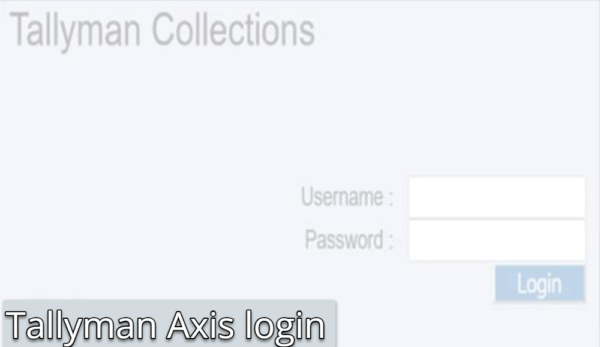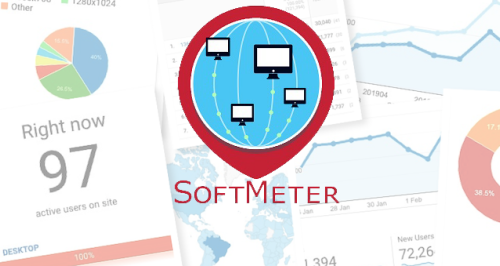T codes in SAP refer to the Transactional code. In simple words, it is a shortcut to a particular activity on the SAP environment. Each of the functions on the SAP ERP (Enterprise Resource Planning) has a unique SAP transaction code. Initially, these T codes were four-digit alphanumeric in mature. Presently, however, they can also include special characters.
Need for T Codes
Transaction codes are used to be able to access functions or to run various types of commands in the different SAP applications more rapidly. The t code will allow both navigations, as well as execution, in a single step. These t codes must be entered in the command field. It is very similar to the shortcuts on the Windows operating system. Commands such as cut, copy, and paste, are rarely accessed by the menu. Instead, their shortcut equivalents, Ctrl+X, Ctrl+C, and Ctrl+V are used respectively to get the same result. T codes are the preferred mode of operating the SAP application since navigating through the extensive menus and options is quite difficult. The t code allows one to bypass the complicated SAP menu, but that is assuming that the t code is known by the user.
An alternative to using the command field is to set up a favourites bar that can be easily accessed whenever needed. This customized menu can be changed as required by the user.
Here are some essential SAP transaction codes that every ABAP developer must be aware of.
- SE11 – ABAP Dictionary: The ABAP dictionary allows developers to maintain all sort of dictionary objects, such as domains, lock objects, various data types, group types, tables, views, etc.
- SE16 – Data Browser: This shortcut will allow the developer to see and manage the entries made in a particular database.
- SE24 – Class builder: It is a set of tools that will help developers manage interfaces, global classes, associated methods, attributes and also the inheritance layout between the various classes. A test environment is also provided, allowing developers to manage and execute the various classes and functions used in the system.
- SE37 – Function builder: The function modules of the system can be controlled by a developer using the function builder transaction.
- SE38 – ABAP Editor: Managing and execution of programs, attributes, text elements or documentation can be done on the editor. There is also the option of doing so with or without a debugger.
- SE80 – ABAP Development Workbench: This is perhaps the most vital part of the SAP application for a developer. Several tools are essential in a single place. The ABAP dictionary, function groups, modules, messages, BSP apps, wed dynpros and a multitude of other elements can be managed through the Workbench.
- SE54 – Table Maintenance: Creating tables is undoubtedly important, but table maintenance is what will ensure seamless working. It is also accessible from the SE11 data dictionary, which allows a developer to view and maintain tables. Management of group functions and view clusters is also possible here.
Learning these transactional codes can be tricky in the beginning. With a wide variety of resources such as Stechies, the required documentation is well explained, allowing one to get sued to the tricky SAP environment quite easily.



![How to Fix Outlook [pii_email_f3e1c1a4c72c0521b558] Error Code](https://igadgetkart.com/wp-content/uploads/2021/08/pii_email_f3e1c1a4c72c0521b558-5-1024x683.jpg)